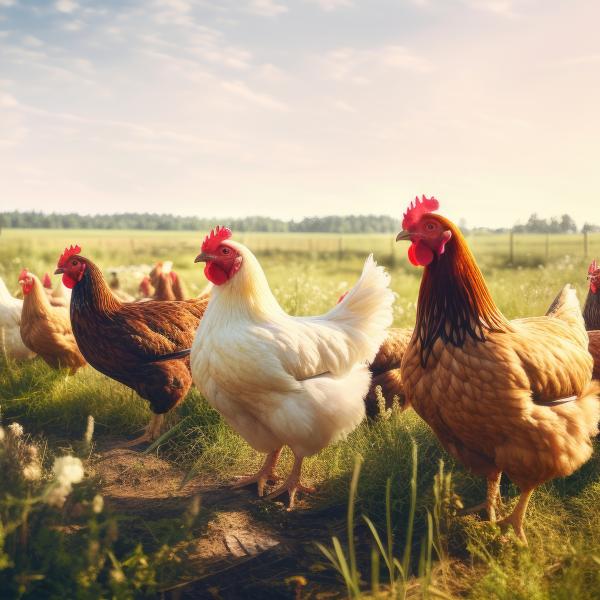Avian Flu Could Pose Significant Threat to Georgia’s Poultry Farms
Avian Flu Could Pose Significant Threat to Georgia’s Poultry Farms
The recent outbreak of the highly pathogenic avian influenza (HPAI H5N1) virus has raised concerns among poultry producers and food safety experts. The virus is highly contagious among birds and poses a significant risk despite stringent biosecurity measures, according to Georgia Tech food safety and agriculture expert Wendy White.
“In states that are a major poultry producer, like Georgia, backyard flocks are also extremely common, and we've seen outbreaks spread from the home to larger commercial flocks in this manner,” said White.
She emphasized that while the Centers for Disease Control and Prevention (CDC) has categorized the risk of HPAI H5N1 to the human population as low, it remains crucial for poultry farms to implement critical biosecurity practices. These include restricting access of flocks to wild birds by confining them to chicken houses and covered coops, limiting visitors, and implementing strict hygiene protocols for employees and equipment.
“American poultry farms have already implemented several of the CDC-recommended biosecurity measures to stop and prevent the spread of aviation influenza,” White said. “Visiting commercial chicken houses is often more involved than visiting someone in the ICU. Visitors and employees are required to don personal protective equipment, such as boots and jumpsuits, that are dedicated to that farm.”
Regarding Georgia’s preparedness to handle a significant H5N1 outbreak, White expressed confidence but acknowledged the need for ongoing vigilance and improvements.
“Georgia is among the top five chicken producers in the country and home to a diverse population of wild birds, so there is a significant risk that sporadic cases of highly pathogenic avian influenza could spread and cause a major outbreak,” White stated. “Federal and state agencies, and Georgia poultry producers are working closely together to identify any cases and take swift action to stop the spread of any aviation influenza.”
With such collaborative efforts, White added, Georgia aims to maintain rigorous measures to protect its poultry industry and ensure public safety.
Advancements in food processing and handling also play a vital role in mitigating the risks of HPAI H5N1 contamination in the poultry supply chain.
“The USDA has stated that poultry, eggs, and other foods that are properly prepared and cooked are safe to eat,” White noted. “Laboratory studies have shown that normal cooking practices for meat and eggs, and pasteurization for dairy products, are sufficient to kill this virus.”
Surveillance is also key in managing HPAI H5N1 outbreaks. USDA inspectors carefully monitor animal health on farms and regularly test food products to ensure a safe food supply.
“Advancements in testing have enabled food companies to run more tests, and whole genome sequencing allows epidemiologists to link animal and human cases to control outbreaks quicker,” White explained.
White also added that regulatory policies and guidelines are essential for controlling the spread of HPAI H5N1 in the poultry industry. Both the USDA and poultry companies conduct vigilant inspections and testing to quickly identify and mitigate sources of the virus. Few cases among humans have been reported elsewhere, underscoring the importance of ongoing vigilance.
“The USDA is also conducting surveillance testing on wild birds to understand and prevent the spread of aviation influenza through migratory birds,” White said.
